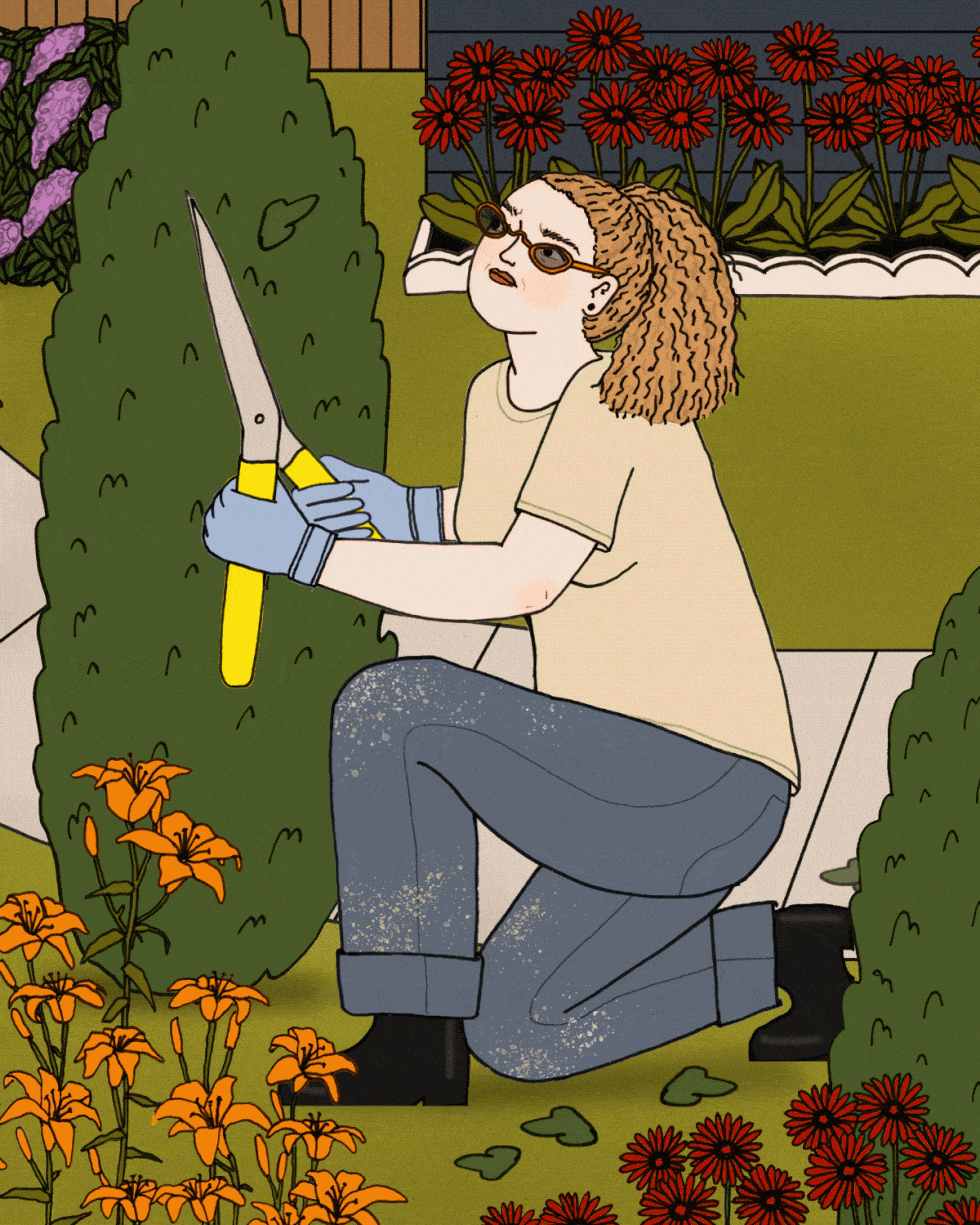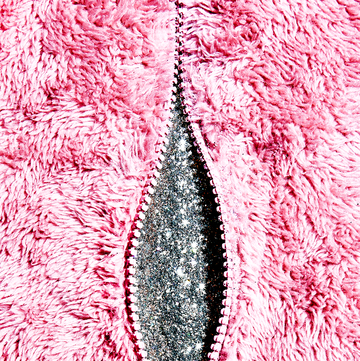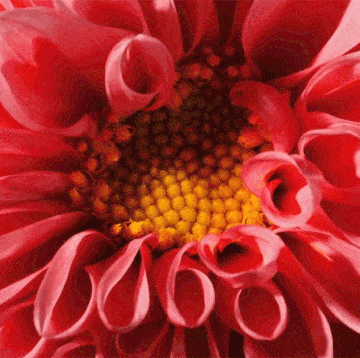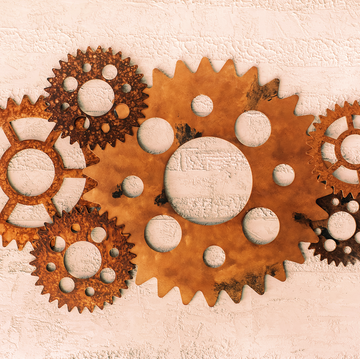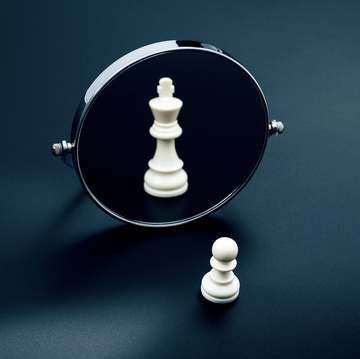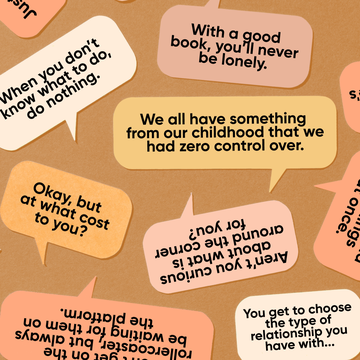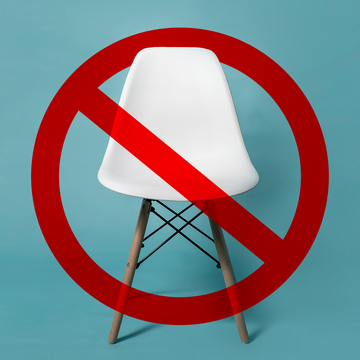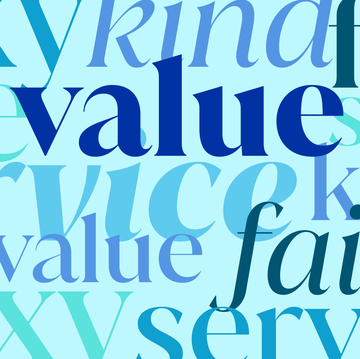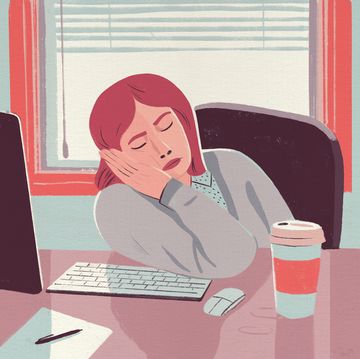On my 18th wedding anniversary this past May, my husband gave me beautiful potted red gerbera daisies. It was a lovely gesture, but as I read the attached care card, a wave of exhaustion washed over me. Sun to part shade. Prefers a cool, well-drained environment. Fertilize often. I smiled, genuinely touched by the thought of his present, but also feeling like I could not take care of one more thing, not even a plant.
If you are a primary caregiver or a woman with a lot on her plate, you can probably relate to this type of fatigue. By the time I’m done setting up doctor visits and teacher conferences, finding repairmen, getting the dog a leptospirosis vaccine (whatever that is), and reminding my family of their responsibilities, which they perceive as nagging, all while focusing on my own career as a journalist, I’m so overwhelmed, I feel like I might explode. Then I become consumed with shame and guilt for having these feelings. With my high schooler living 3,500 miles away while he plays soccer abroad, navigating day-to-day life mostly on his own, I’ve tried to strike an elusive balance of being as supportive as possible while providing space for him to learn and grow. There are days I’m left wondering if I’ve done more harm than good.
The often unrecognized, invisible work of suppressing or downplaying our emotions to benefit others is known as emotional labor. This burden can overlap with unpaid physical and mental labor, such as household chores, scheduling appointments, planning family activities, and remembering and delegating tasks. And, no surprise, the majority of it falls on women. Studies show that women do about five hours of unpaid work per day, compared to men’s three hours.
More From Oprah Daily

One evening, as I sat on my friend’s porch sipping tea, I confessed to her that all this emotional and mental labor was making me start to feel ragey.
“Have you tried gardening?” she suggested as she refilled my cup.
I laughed. “Who has time for gardening?”
“There’s nothing more satisfying than ripping out a stubborn root and hacking it to pieces,” said my usually demure friend.
“So, like rage gardening?”
“Exactly.”
I’d read that being in nature and digging in the soil are great for stress reduction, decreased depression, and enhanced memory retention, but it sounded almost too good to be true. So I reached out to clinical psychologist Jo-Ann Finkelstein, PhD, author of a yet-to-be titled forthcoming book about raising emotionally healthy girls in a sexist world, to learn more. “Gardening is a physical-sensual-mental experience,” she explained. “The physicality and limitless potential for creativity engage our muscles, fine motor skills, vision, and imagination. It takes us out of our heads and into our bodies, which can be healing.” There’s science backing all of this: Microbes in soil have been shown to help regulate our emotions and our immune response; and fresh air and sunlight increase mood-boosting serotonin, a hormone that helps us feel calm and focused, acting as a natural anti-depressant. If gardening could help soothe my rage and leave me feeling centered, I’d be willing to slather those microbes all over me. Suddenly, making time to garden didn’t sound like such a bad idea.
A few days after my teatime confession, my head pounding from stress as I did mental gymnastics to get through my to-do list, I looked over at the now drooping daisies on my counter. The sun was shining, and the lilacs were in full bloom, but I was tired and irritable. Emotional labor is exhausting because “with so much to do, and so little time to replenish yourself, the constancy and monotony takes its toll. It feels like your brain actually hurts,” Finkelstein had told me. I grabbed the plant and walked outside.
As I searched for the heavy steel shovel in the garage, I wondered if I had the energy for this new project. I wiped the spiderwebs off the shovel, looked for space in my neglected garden, which I’d started early in the pandemic, and began digging. The ground was hard, and I had to pound the shovel with my foot to break through the clay soil. I kneeled and finished scooping dirt with my hands. When I was done, I looked around and saw the weeds growing around me. I couldn’t help but appreciate the irony. I was literally “in the weeds” of marriage and motherhood.
The next day, I ordered five cubic yards of mulch, which were dumped at the end of my driveway within a few hours. I pulled out my oldest paint-stained clothes, threw my hair in a ponytail, and slipped into my torn-up rainboots to guard against snakes. This became my official “rage gardening” outfit. I began shoveling mulch into the wheelbarrow, and quickly realized this was the most rewarding physical activity I’d ever done. I could feel my obliques for the first time in 20 years. As I struggled to push the wheelbarrow up the hill to my garden, I quietly cursed everyone and everything, and I didn’t even feel guilty. “Anger is not an acceptable emotion for women—it’s unfeminine and shatters the image of the caregiver archetype, who is unerringly good and self-sacrificing,” Finkelstein had said. But in the garden, life is messy, and the plants don’t judge you. They don’t expect you to regulate your emotions for their benefit, and they don’t complain if you bought the wrong brand of fertilizer. In fact, they’re just grateful you’re there.
I set the wheelbarrow aside and began pulling out a stubborn overgrown mint patch. Next, I rolled out landscaping fabric and finally dumped the mulch. By the time I was done, the sun had set, I’d been out in the garden for three hours, I was filthy, and there were insects crawling on me. I felt amazing.
Rage gardening became a way to recenter myself and decompress after a long day. Not only did it help me clear my head, but I got physically stronger, too. My arms had more definition, my stress headaches lessened, and I had more energy.
As dusk began to settle in one evening and the barn swallows swooped overhead, devouring mosquitos, I spent hours uncovering the remnants of a butterfly bush, mercilessly hacking back dead branches, and in the process letting go of my—and everyone else’s—responsibilities. I cared for this half-dead bush by moonlight for weeks, talking to it and encouraging it to bloom, until I spied a small green leaf peeking out from the base. Then I turned my attention to the overgrown tiger lilies with rotting brown undergrowth, thinning them out so their long vibrant leaves had space to breathe, and their roots didn’t choke below the surface.
On a warm June night, with dirty fingernails and mud streaked across my face, I took a step back and looked at the tender buds around me beginning to form. I touched the soft petals of the bright red daisies that were now flourishing, full of potential, knowing with certainty that they would thrive. As I turned to head back inside, I left my rage among the leaves and flowers, where it was a force for good.
Aileen Weintraub is a New York–based editor and journalist and the author of Knocked Down: A High-Risk Memoir. Her work has been featured in The Washington Post, Glamour, InStyle, and AARP. Find her on Twitter @aileenweintraub.
